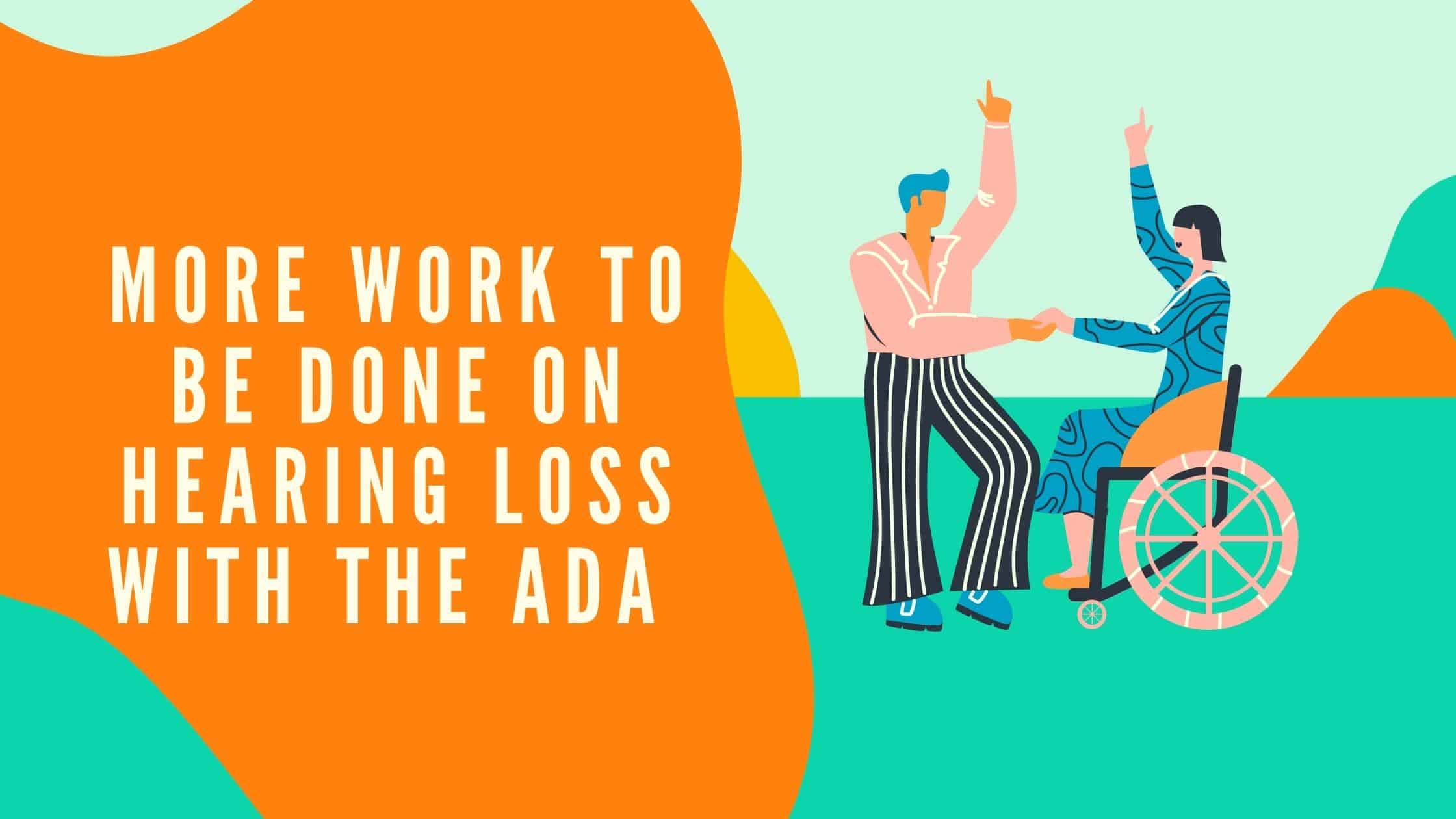
While the signing into law of the Americans with Disabilities Act (ADA) in 1990 marks an important landmark in the expansion of rights for disabled people, the road to that moment began decades prior. Thousands of activists contributed to its passing into legislation through their hard work, determination, and vision.
We are now witnessing an aged ADA. Many millennials and all of Gen Z have never experienced life before the broadly sweeping protections for disabled people were enacted. And now, three decades later, many believe that the ADA is due for an update.
What does the ADA do?
At its core, the ADA prohibits the discrimination of people with disabilities. This extends into such far-reaching arenas as the workplace and employment, state and local government, public accommodations and commercial facilities, telecommunications, and more.
Major impacts of the ADA
Employment
With the passing of the ADA, people with disabilities could no longer be discriminated against in the workplace. The law states that disability cannot be a factor in hiring, firing, and wage determination. Moreover, employers must provide “reasonable accommodations” to disabled workers. For a person with hearing loss, this might look like a TTY phone, written memos or company-wide communications, or visual emergency signals.
State and local government
The ADA makes civic life more accessible to people with disabilities. These days, it’s commonplace to see ramps at curbs and on street corners. Before the ADA, this was not the case! For public events, the ADA makes it essential to have listening assistive devices or interpreters on hand to accommodate those with hearing loss.
Public Accommodations
The ADA requires businesses and spaces to accommodate people with disabilities equally, unless it would provide an undue burden or fundamentally change the service. For people with hearing loss, this could include hearing loops, permanent signage, or visual alarm systems.
Telecommunications
It may be due to the ADA that closed captioning is so ubiquitous, because it regulated closed captioning of public service announcements paid for with federal dollars. It also requires that both internet and phone companies provide the nationwide system of telecommunications relay services, fundamental to providing communication access to people with speech or hearing disabilities.
Expansion of hearing loss advocacy
Since the passing of the ADA, the changes in the way we regularly provide accommodations for people with hearing loss has undergone a sea change. Now, it is commonplace to find closed captioning on television programs. Most public spaces, including performance spaces, have hearing loops or other amplification services available.
And yet, the enormous rise of technology giants seems to have largely been without any regulation to make it more accessible. In some ways, this is because technology is inherently faster than legislation. However, with the predominance of closed captioning in other arenas, social media should have quickly followed suit. What seems to have happened is that technology has been designed without the consideration of non-hearing people at all. This needs to change. If the ADA were updated with input from the disabled community, there would be guidelines in place that could be easily followed, expanding access for all.
Clear masks or face shields in medical settings
Another item of note, particularly recently, is the use of clear masks in medical settings. Throughout the pandemic, people with hearing loss and the Deaf community regularly pointed out the problematic results of masking. While no one disputed its effectiveness in limiting the spread of disease, there was the unintended consequence of giving non-healthy hearing people less information when communicating verbally with others. In short, without the ability to read lips or use that information to understand the crux of a conversation, people with hearing loss were left in the dark.
Providing the option of clear masks or clear face shields in medical settings would expand access to clear communication to the millions of Americans with hearing loss. If this were incorporated into an ADA revision, it might also educate a wider audience as to the importance of having clear masks on hand.
Looking forward to changing
While we can applaud the tremendous change brought about by the passing of the ADA thirty years ago, it’s clear that there is still more work to do. We know that legislation expanding the rights of the disabled community can make its way into law, so we have hope on our side.
Contact us today to learn more about our comprehensive hearing health services.
